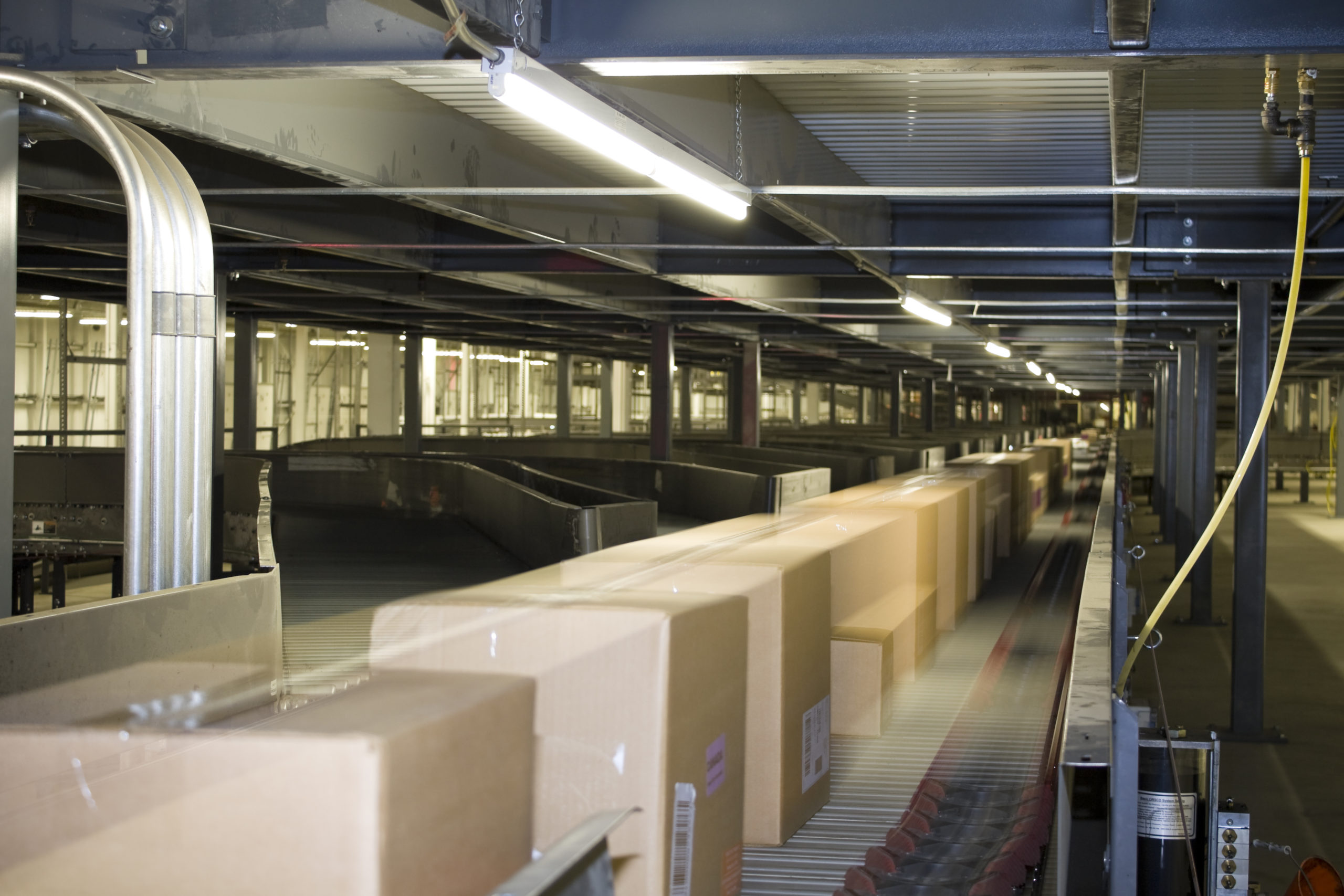Free shipping is a tricky concept for retailers. Don’t charge? Charge? Select a payment threshold?
Not paying at all creates the incentive for shoppers to send small items individually. As a result, the price of a roll of toilet paper could be less than the shipping expense. On the other hand, in one survey, more than half the respondents said they canceled a purchase when they realized they would be paying for shipping. By contrast though, another group said they increased the size of an order to exceed the free shipping amount.
Constantly changing, the free shipping thresholds were at these levels on October 22, 2014:

While free shipping is a bottom line problem for retailers, it does create productivity pressure. And that takes us to United Parcel Service (UPS).
UPS
At 585 million packages, the number of UPS deliveries during this holiday season has made the free shipping problem a UPS problem. In one UPS facility, an employee said she used to have to memorize more than 122 zip codes and undergo monthly certifications for ZIP code recall in order to send packages down the proper chute. No more. Now, in three UPS hubs, they are testing mechanization. With the new equipment, by scanning a parcel’s bar code label, workers activate colored lights that identify the correct chute. Hubs with automated sorting can process 47,000 parcels an hour and 15 percent more packages a day. The time for employee training is also accelerated from two weeks to two days because the job no longer requires skilled labor.
Sounds like Henry Ford…
Henry Ford
At the beginning of the 20th century, in one place, teams of workers gradually assembled a car. The chassis took 12 hours to finish while magneto production required 15 minutes and 29 workers. (A magneto helped to start the ignition.)
Imagine people’s astonishment when they experimented with conveyor belts that streamed parts to the worker. Yes, they suspected they would slice some time off production. But the results were stupendous. Using 14 workers doing repetitive tasks, magneto assembly time plunged to five minutes. Chassis production time dropped from 12 hours to 2.3. As for the cars, output soared from 68,773 in 1912 to 170,211 the next year and 735,020 in 1917.

Our Bottom Line: Productivity
Facing the prospect of less on the retail side, UPS and Henry Ford had the incentive to become more productive. Through more mechanization and unskilled labor, their economies of scale boosted output and lowered per item cost. As a result, UPS is responding to free shipping and Henry Ford, during the mid-1920s could price his Model-T at a rock bottom $260 ($3590.60 today according to the BLS inflation calculator).





